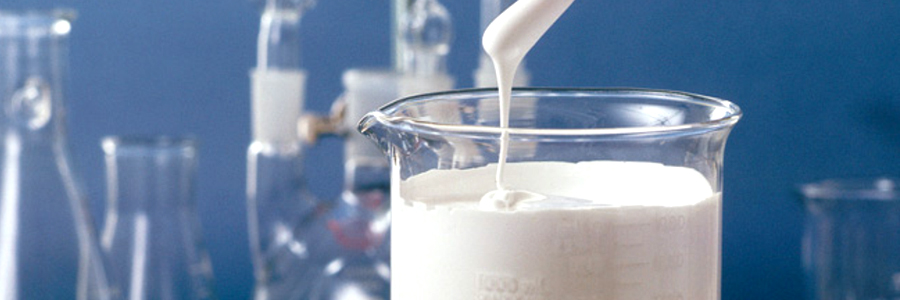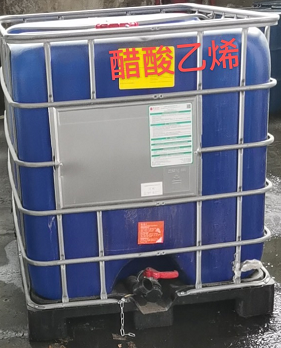


Vinyl Acetate Monomer is a colourless mobile liquid with a pungent odour. VAM is the key raw material used in the production of polyvinyl acetate (PVAc), vinyl acetate ethylene (VAE) emulsions and polyvinyl alcohol (PVOH), a precursor to PvB films. VAM is also used to make ethylene vinyl alcohol (EVOH) resins and ethylene vinyl acetate copolymers (EVA). Main end uses include paints & coatings, adhesives, building & construction, paper coatings, textile finishes, films and other industrial and consumer applications.
The main production method for vinyl acetate monomer is the reaction of ethylene and acetic acid with oxygen, in the presence of a palladium catalyst. The VAM is recovered by condensation and scrubbing and is then purified by distillation. A new manufacturing process, dubbed Leap, could offer large capital cost savings as a more efficient fluidised bed system replaces the fixed bed reactors currently in use.
The oldest means of manufacturing VAM is the addition of acetic acid to acetylene and this process is still used but not on a large scale.
Vinyl acetate monomer is stored in mild steel storage tanks and/or new or reconditioned steel drums and can be transported by bulk vessels or tank trucks. It has a specific gravity of 0.933 and a flash point of -8° C (closed cup) and is highly flammable. It should therefore be stored in a cool, dry, well-ventilated area that is free from the risk of ignition. For transportation purposes, it is classified as packing group II and hazard class 3 and it is an irritant.

About Haoli
Product Center
Follow Us